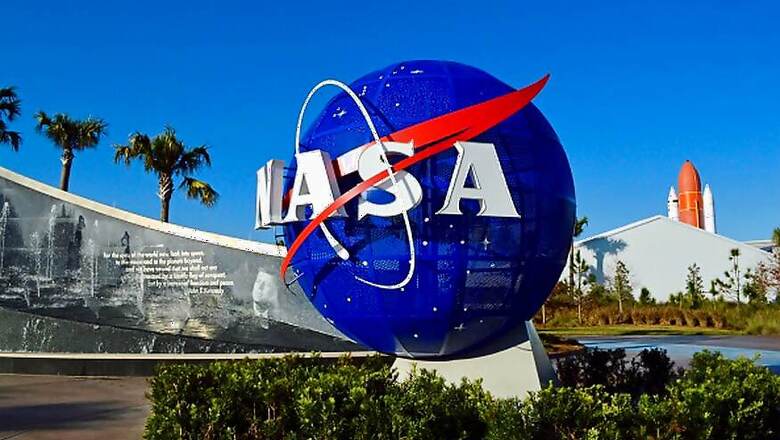
views
A bread loaf-sized satellite has produced the first map of the global distribution of atmospheric ice in the 883-Gigahertz band, an important frequency for studying cloud ice and its effect on Earth's climate, NASA said today. IceCube - the diminutive spacecraft that deployed from the International Space Station (ISS) in May, last year - has demonstrated-in-space a commercial 883-Gigahertz radiometer capable of measuring critical atmospheric cloud ice properties at altitudes between five to 15 kilometers.
Also read: Facebook Bans Ads For Bitcoin And Other Cryptocurrencies on Its Platforms
NASA scientists pioneered the use of submillimeter wavelength bands, which fall between the microwave and infrared on the electromagnetic spectrum, to sense ice clouds. However, until IceCube, these instruments had flown only aboard high-altitude research aircraft. This meant scientists could gather data only in areas over which the aircraft flew. "With IceCube, scientists now have a working submillimeter radiometer system in space at a commercial price," said Dong Wu, a scientist and IceCube principal investigator at NASA's Goddard Space Flight Center. "More importantly, it provides a global view on Earth's cloud-ice distribution," said Wu.
Also read: Earnings Surge For Samsung Electronics on Huge Chip Profit
Sensing atmospheric cloud ice requires scientists deploy instruments tuned to a broad range of frequency bands. However, it is particularly important to fly submillimeter sensors. This wavelength fills a significant data gap in the middle and upper troposphere where ice clouds are often too opaque for infrared and visible sensors to penetrate. It also reveals data about the tiniest ice particles that cannot be detected clearly in other microwave bands. IceCube's map is a first of its kind and bodes well for future space-based observations of global ice clouds using submillimeter-wave technology.
Watch: Smartron t.phone P Review | A Tough Budget Player With a Massive Battery




















Comments
0 comment